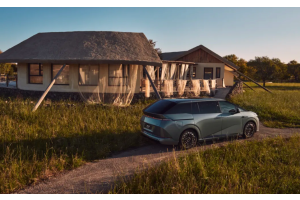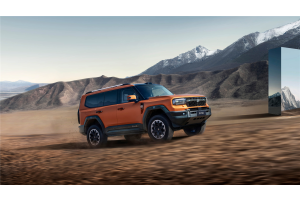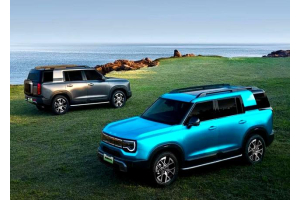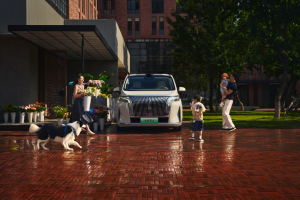Toyota Land Cruiser FJ: A Bold Off-Road Revival Defying Industry Trends
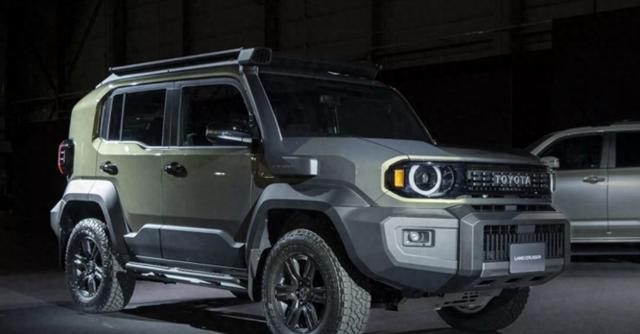
Toyota Land Cruiser FJ: A Bold Off-Road Revival Defying Industry Trends
In an era dominated by the sweeping tides of electrification and smart technology, Toyota's launch of the all-new Land Cruiser FJ emerges as a refreshing counter-movement. Instead of chasing oversized screens and intelligent cockpits, it returns to the essence and fundamental spirit of off-roading, focusing on practicality, reliability, and classic rugged style. It offers the global market, especially emerging economies, an affordable, cost-effective, and sentiment-rich compact SUV.
Key Features and Positioning of Land Cruiser FJ
Platform and Structure: Built on a body-on-frame ladder chassis derived from the Hilux Champ (also known as IMV-0), it abandons the unibody construction popular among urban SUVs.
Positioning: A compact hardcore off-roader targeting developing markets like Southeast Asia, Africa, Latin America, and the Middle East. It emphasizes durability and off-road capability over high-tech features and luxury.
Exterior Design: Continues the Land Cruiser family's classic boxy silhouette. Short front overhangs enhance the approach angle for better off-road performance. Retro circular headlights pay homage to FJ history, with bold, rugged styling, pronounced wheel arches, and a rear-mounted spare tire reinforcing its heritage.

Body Dimensions
Various sources report slightly differing figures, but all indicate it is significantly smaller and more agile than the Land Cruiser 250/300 series:
Length: Approximately 4500–4550 mm
Width: Approximately 1830–1855 mm
Height: Approximately 1850–1870 mm
Wheelbase: Approximately 2580–2750 mm
Powertrain and Core Off-Road Configurations
Primary Powertrain: A 2.7L naturally aspirated four-cylinder gasoline engine (2TR-FE) producing about 161 horsepower and 246 Nm of torque, paired with a 6-speed automatic transmission. This setup is proven in models like the Hilux and Prado, known for strong reliability, high fuel adaptability, and easy maintenance, suiting remote areas with varying fuel quality and service environments.
Optional for Some Markets: A 2.8L turbocharged diesel engine (1GD type) with a mild-hybrid system and an 8-speed automatic transmission, focusing on fuel efficiency and torque output, though availability is limited.
Drivetrain: Standard part-time four-wheel-drive system includes a Torsen limited-slip differential and high ground clearance, emphasizing escape capability and off-road traversal.
Chassis: Body-on-frame ladder construction with high ground clearance and robust, durable tires.
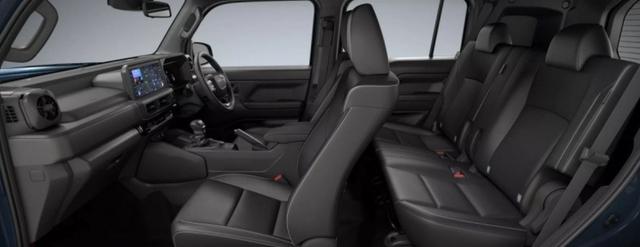
Interior and Feature Expectations
Design Philosophy: Prioritizes practicality and reliability, featuring durable plastics, waterproof fabrics, physical knobs, and buttons designed for glove-friendly operation. It minimizes high-failure-rate electronic components, better suited for harsh working conditions (based on Toyota's traditional off-road vehicle style, as official details are not yet public).
Entertainment/Convenience Features: Expected to offer only basic functions, with no large screens; base models may come bare or offer optional small to medium-sized LCD screens.
Production, Launch Schedule, and Market Strategy
Production Base: Primarily in Thailand.
Launch Timeline: Delayed to Autumn 2025 for debut due to Land Cruiser 250 production and certification, with potential further delay to 2026 for official market release.
Key Sales Markets: Southeast Asia, Africa, the Middle East, Latin America, and other regions where vehicles play critical roles in productivity and survival. It is tailored for these markets and not intended to compete with luxury or highly intelligent electric vehicles.
Overseas Expected Pricing
In Japan, the base model is expected to start around 4 million JPY (approximately 20,000 USD or 20,000 RMB at current exchange rates), with high-end versions not exceeding 4.5 million JPY (about 23,000 RMB or 31,000 USD). Actual pricing will vary by country due to taxes and configuration adjustments.
Comparison with Key Competitor Tank 300
| Model | Length (mm) | Width (mm) | Height (mm) | Wheelbase (mm) | Main Powertrain | Structure | Expected Price (RMB) |
|---|---|---|---|---|---|---|---|
| Land Cruiser FJ | 4500-4550 | 1830-1855 | 1850-1870 | 2580-2750 | 2.7L NA 161 HP / 246 Nm | Body-on-Frame | 200,000 |
| Tank 300 | 4760 | 1930 | 1927 | 2750 | 2.0T 227 HP / 387 Nm (China) | Body-on-Frame | 195,800-300,000 |
Tank 300 is larger, more powerful, and feature-rich, positioning itself as a city-compatible model with advanced smart tech, albeit at a slightly higher price.
Land Cruiser FJ focuses on compactness, lightweight design, and ultimate reliability, offering a pure off-road experience at an affordable price.
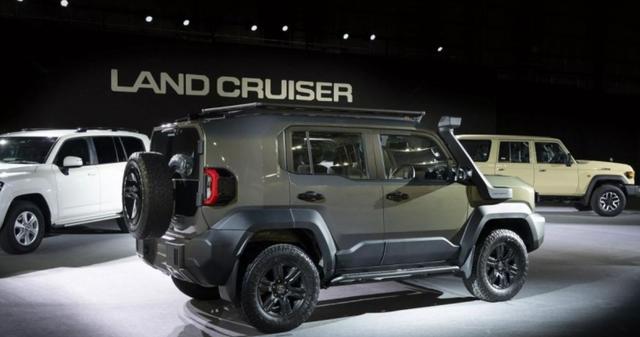
Market Observations and Trends
Toyota's FJ bucks the electrification trend, emphasizing reliability, low entry barriers, and nostalgic appeal, making it highly attractive to budget-conscious consumers who prefer hardcore off-roading and live in areas with challenging traffic and road conditions.
Toyota's reserved stance on hybrid/plug-in hybrid powertrains reflects a deep understanding of market infrastructure and user needs, such as fuel quality and maintenance capabilities.
The global off-road vehicle market shows a "coexistence of old and new" trend: high-end models are becoming smarter and electric, while entry-level and utility-focused vehicles prioritize practicality and reliability in extreme environments.
In summary, the Land Cruiser FJ is not only a powerful tribute to Toyota's off-road heritage but also a steadfast commitment to pragmatic roots amid the current automotive tech frenzy, truly answering the original intention of "harmony between human and vehicle, journeying into the distance."





